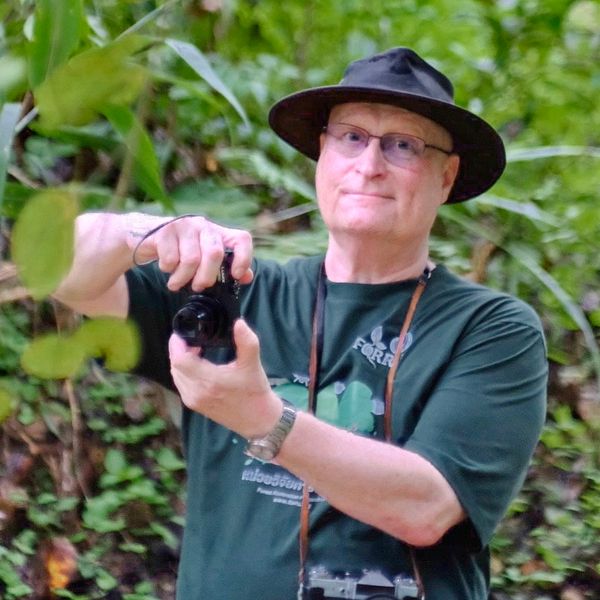Above-ground carbon sequestration during restoration of upland evergreen forest in northern Thailand

Jantawong, K., S. Elliott & P. Wangpakapattanawong, 2017. Above-ground carbon sequestration during restoration of upland evergreen forest in northern Thailand. Open J. For. 7: 157-171. doi: 10.4236/ ojf.2017.72010.
Contributors
ABSTRACT: Tropical deforestation reduces the global terrestrial carbon sink and substantially contributes towards global climate change. Conversely, restorating tropical forest ecosystem could help to mitigate the problem, but few measurements of how much carbon can be absorbed by forest restoration have been published.
Therefore, this study used a partial harvesting method to compare carbon sequestration among 11 framework tree species (selected to accelerate forest regeneration by suppressing weeds and attracting seed dispersers), in a restoration trial in northern Thailand. The goal was to enable restoration practitioners to factor in carbon sequestration, when selecting tree species to plant. Above-ground carbon sequestration was derived from wood density, tree volume and above-ground biomass of 3 trees of each of 12 tree species, in 5, 10 and 14-year old restoration plots (RF5, RF10 and RF14, respectively).
Wood density did not vary significantly with tree age (p ≤ 0. 05), but it did differ significantly among tree species (p ≤ 0. 05). Gmelina arborea wood was the densest (0.57 ± 0.10 g/cm3). Carbon concentration of stem wood did not vary significantly among tree species or age (p ≤ 0. 05), averaging 44.67% (±0.54). Tree volume varied among the species in the youngest plot, but such variation declined with tree age. In the oldest plot (RF14), Erythrina subumbrans and Spondias axillaris grew significantly larger than the other species and sequestered the most above-ground carbon: 135.23 and 115.87 kgC/tree respectively. Bischofia javanica sequestered the least, only 9.80 kgC/tree. An even framework species mix would sequester 13.2, 44.3 and 105.8 tC/ha, 5, 10 and 14 years respectively after planting and would achieve carbon storage levels similar to those of nearby natural forest in 16 - 17 years. The framework species method is therefore capable of rapidly accumulating carbon, a property which, along with its acceleration of biodiversity recovery and provision of a wide range of forest products and ecological services to local people, meets both the requirements and safeguards of REDD+ projects.



